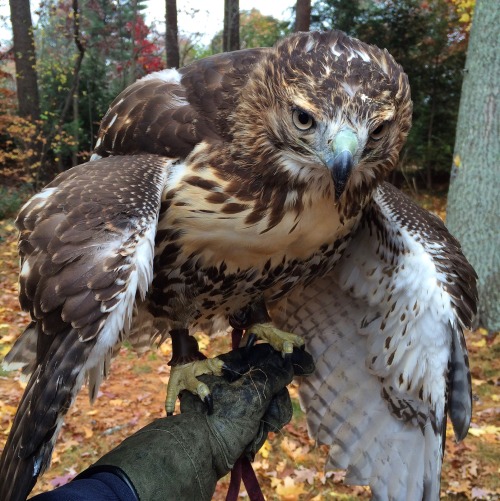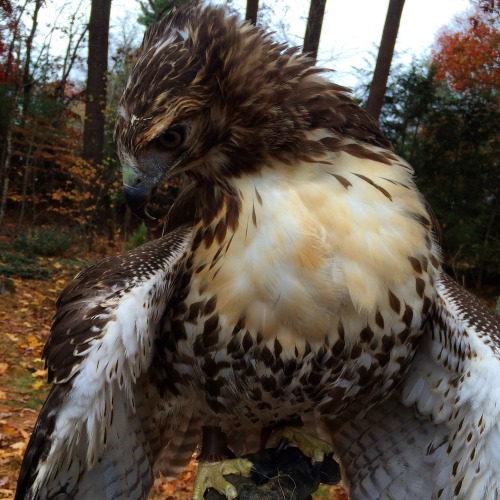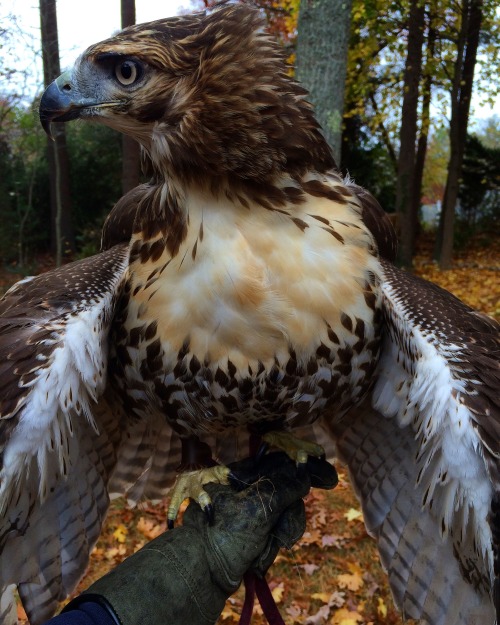(Fact Source)



(Fact Source)
Follow Ultrafacts for more facts
More Posts from Llamaslikesciencetoo and Others

One million full length movies are stored in this vial using DNA as storage media. We’re through the looking glass people. The future is now.
The Lemon Grove Mummies: Ancient Corpses from Mexican Cave Found in California Garage

On an ordinary day in 1980, a Californian mom decided to spend the afternoon cleaning out her garage – a long neglected chore. She found a lot of trash and plenty of knick-knacks; some forgotten memories arose but nothing unusual. That is until she came to a carton buried in the back. Inside, she found the corpse of a young girl and an infant. Horrified that something so ghastly was lurking in her garage, the mom called the police at once. The Lemon Grove PD arrived ready to investigate a murder. Instead, they stumbled upon a mystery. The two bodies found in that California garage may have been victims but their deaths had taken place centuries earlier.
Read more…
dog

protect these precious sea children



dragon 🐉

Big sister drops to her knees to show affection to newborn Photo by James Irwin



The tardigrade genome has been sequenced, and it has the most foreign DNA of any animal
Scientists have sequenced the entire genome of the tardigrade, AKA the water bear, for the first time. And it turns out that this weird little creature has the most foreign genes of any animal studied so far – or to put it another way, roughly one-sixth of the tardigrade’s genome was stolen from other species. We have to admit, we’re kinda not surprised.
A little background here for those who aren’t familiar with the strangeness that is the tardigrade – the microscopic water creature grows to just over 1 mm on average, and is the only animal that can survive in the harsh environment of space. It can also withstand temperatures from just above absolute zero to well above the boiling point of water, can cope with ridiculous amounts of pressure and radiation, and can live for more than 10 years without food or water. Basically, it’s nearly impossible to kill, and now scientists have shown that its DNA is just as bizarre as it is.
So what’s foreign DNA and why does it matter that tardigrades have so much of it? The term refers to genes that have come from another organism via a process known as horizontal gene transfer, as opposed to being passed down through traditional reproduction.
Horizontal gene transfer occurs in humans and other animals occasionally, usually as a result of gene swapping with viruses, but to put it into perspective, most animals have less than 1 percent of their genome made up of foreign DNA. Before this, the rotifer – another microscopic water creature – was believed to have the most foreign genes of any animal, with 8 or 9 percent.
But the new research has shown that approximately 6,000 of the tardigrade’s genes come from foreign species, which equates to around 17.5 percent.
“We had no idea that an animal genome could be composed of so much foreign DNA,” said study co-author Bob Goldstein, from the University of North Carolina at Chapel Hill. “We knew many animals acquire foreign genes, but we had no idea that it happens to this degree.”
Continue Reading.










A few photos from my visit to the Museum of Osteology in Oklahoma City.








Uncovering the Willow Ptarmigan Diorama
OKAY SO THIS IS COOL. The Reptile Hall is getting ready to undergo some renovations, and the first step in the process was to dismantle the square diorama case which previously housed Carl Akeley’s striped hyenas in the corner of the hall. But what NOBODY EXPECTED was to find a hidden diorama that had been blocked from view for ??? years.
Not only that, this is a really, really cool diorama because it’s actually two dioramas in one. The lighting mechanism isn’t functional right now, but when you approach you notice that it’s dark. The idea is that there’d be two lighting sources, two scenes (with two animals) that mirror one another, and a two way mirror.
The photos I snapped depict a willow ptarmigan (Lagopus lagopus) in a summer scene, sporting its summer plumage. In the winter, the bird’s plumage turns white. Here, the summer diorama is actually mounted to the ceiling of the diorama case, so when you shine a light through the front of the glass, that’s what is reflected back from the two way mirror. That means, behind the mirror is the second diorama: the winter scene, with a reversed taxidermied ptarmigan in a mirrored, winter landscape. Visitors could then approach the diorama and experience two different camouflage phases of the same animal, seamlessly fading from one to the other.
I hope we can fix up the lights again soon because this is AWESOME
Ptarmigan Bird Exhibit, Seasonal Plumage, Hall 20 diorama © The Field Museum, Z86694 and © The Field Museum, Z86693.
-
 filimylion liked this · 1 month ago
filimylion liked this · 1 month ago -
 virtually-unknown liked this · 9 months ago
virtually-unknown liked this · 9 months ago -
 joshamcity reblogged this · 9 months ago
joshamcity reblogged this · 9 months ago -
 misssickn liked this · 1 year ago
misssickn liked this · 1 year ago -
 uuuugggghhhhh liked this · 1 year ago
uuuugggghhhhh liked this · 1 year ago -
 esubodfes liked this · 1 year ago
esubodfes liked this · 1 year ago -
 double-o-donut reblogged this · 2 years ago
double-o-donut reblogged this · 2 years ago -
 enchantedblackforest reblogged this · 2 years ago
enchantedblackforest reblogged this · 2 years ago -
 burnt-kloverfield liked this · 2 years ago
burnt-kloverfield liked this · 2 years ago -
 redwallfan12 reblogged this · 2 years ago
redwallfan12 reblogged this · 2 years ago -
 redwallfan12 liked this · 2 years ago
redwallfan12 liked this · 2 years ago -
 ndrus liked this · 2 years ago
ndrus liked this · 2 years ago -
 wolvenjay liked this · 2 years ago
wolvenjay liked this · 2 years ago -
 darnitjack liked this · 2 years ago
darnitjack liked this · 2 years ago -
 tgmember reblogged this · 2 years ago
tgmember reblogged this · 2 years ago -
 tgmember liked this · 2 years ago
tgmember liked this · 2 years ago -
 papixox liked this · 3 years ago
papixox liked this · 3 years ago -
 tearsinthemist reblogged this · 3 years ago
tearsinthemist reblogged this · 3 years ago -
 tearsinthemist liked this · 3 years ago
tearsinthemist liked this · 3 years ago -
 angrycrabeyes reblogged this · 3 years ago
angrycrabeyes reblogged this · 3 years ago -
 billgenbrough reblogged this · 3 years ago
billgenbrough reblogged this · 3 years ago -
 helenascorpse liked this · 3 years ago
helenascorpse liked this · 3 years ago -
 patronsaintoffuck reblogged this · 3 years ago
patronsaintoffuck reblogged this · 3 years ago -
 thevimonsterinyourcloset liked this · 3 years ago
thevimonsterinyourcloset liked this · 3 years ago
Mainly interested in ecology, but also the entirety of science.
179 posts